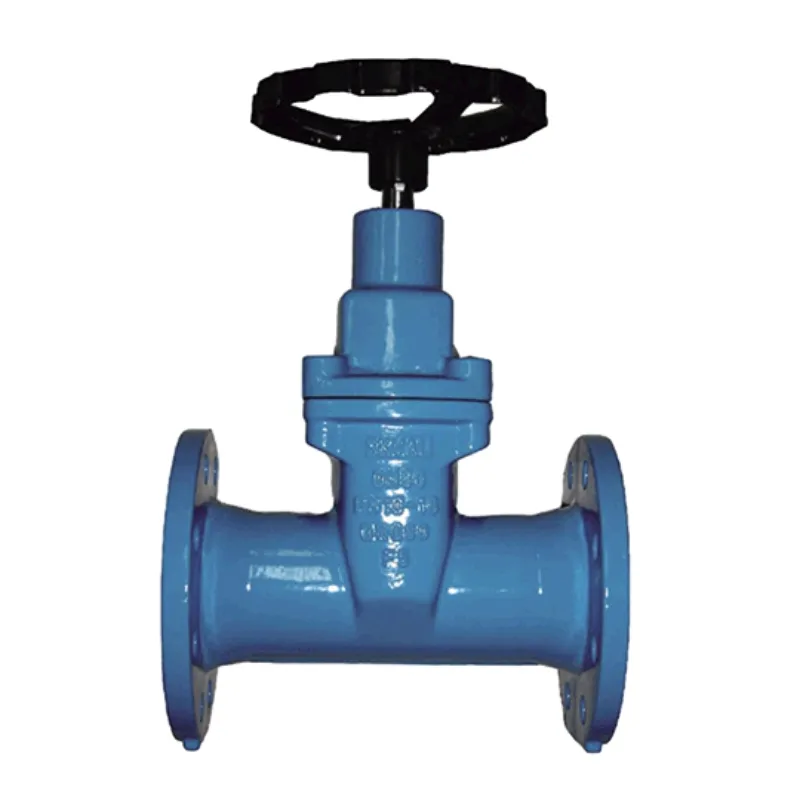Dec . 11, 2024 08:33 Back to list
industrial ball valve
Understanding Industrial Ball Valves A Comprehensive Guide
Industrial ball valves are critical components in various applications ranging from oil and gas, water treatment, chemical processing, to power generation. This type of valve is essential due to its ability to provide a tight seal and allow for efficient flow control, making it a favored choice in many industrial setups. In this article, we'll explore the intricacies of industrial ball valves, including their design, operation, applications, and advantages.
What is a Ball Valve?
A ball valve is a type of quarter-turn valve that utilizes a spherical disc, known as a ball, to control the flow of fluid. The ball has a hole through its center, which, when aligned with the flow of the pipeline, allows for fluid to pass through. Conversely, when the ball is turned 90 degrees, the hole is perpendicular to the flow, effectively stopping the flow. This simple yet effective mechanism provides a reliable solution for controlling fluid dynamics in various industries.
Design and Construction
Ball valves are constructed from a variety of materials, including brass, stainless steel, and PVC, depending on the application and the nature of the fluid being handled. The construction typically consists of the following components
1. Body The main structure that houses the internals of the valve. 2. Ball The spherical element that controls fluid flow. 3. Seat The sealing surface that provides a tight fit around the ball. 4. Stem The shaft that connects the ball to the handle or actuator. 5. Handle The external lever that allows for manual operation of the valve.
The design can vary significantly; there are options for full port (where the ball is the same diameter as the pipeline) and reduced port (where the ball diameter is smaller) configurations. Full port ball valves offer lower frictional loss and provide a straight-line flow path, making them ideal for high-flow applications.
Operation
industrial ball valve

Operating an industrial ball valve is straightforward due to its quarter-turn functionality. The actuator—be it manual via a handle, pneumatic, or electric—allows operators to quickly and easily open or close the valve. This rapid operation is essential in applications where immediate shut-off may be necessary, such as in case of a leak or other emergency situations.
Applications
Industrial ball valves find use in a wide range of applications, including
- Oil and Gas For controlling the flow of petroleum and natural gas. - Water Treatment Plants For regulating the flow of clean and wastewater. - Chemical Processing To handle various chemicals safely and efficiently. - Food and Beverage Ensuring hygienic and accurate flow control in processing environments. - Power Generation Managing steam and cooling water flow in power plants.
The versatility in design and function allows engineers to customize ball valves for specific applications, enhancing their effectiveness.
Advantages of Ball Valves
1. Durability Made from robust materials, ball valves are resistant to wear and tear, making them a long-lasting choice. 2. Low Maintenance Once installed, ball valves typically require little maintenance due to their simple design. 3. Good Performance They offer low flow resistance and a high flow capacity, delivering efficient performance. 4. Tight Sealing Ball valves provide a reliable seal, preventing leaks even under high pressure.
Conclusion
In conclusion, industrial ball valves are indispensable in various industries due to their efficiency, reliability, and versatility. Understanding their design, operation, and applications can significantly enhance fluid control systems. Whether you are involved in construction, manufacturing, or maintenance, incorporating high-quality ball valves into your systems is essential for achieving optimal performance and safety. As technology advances, the future of industrial ball valves looks promising, with innovations in materials and automation potentially revolutionizing their use in critical applications.
Share